
As a cute pejorative, calling a book lover a "
bookaholic" is somewhat apt. Anyone looking at our house would certainly call us one, with the stacks on the diningroom table waiting to be shelved, provided we
have some shelvespace. There is certainly something compulsive about our book acquiring, so much so that we recently grabbed them out of the trash during
Cleanup Week. We might be obsessive, but that's just part of our charm, you know.
At the Book Industry Conference recently, Simon Juden of the Publishers Association in the UK announced their new marketing plan, admitting it was edgy, and that was a selling point over duller and less fun plans that came out of the brainstorming.
The idea was to promote books under the umbrella of bookaholism. "
Once you've started it's hard to stop," as a nod to their addictiveness; "
Books are mind expanding," stretching the
-aholism suffix to cover drug addiction references; "
Consume no less than one a month," to hint that one's consumption must be monitored. There
is still that cute pejorative underneath, but, wow, the UK must have a view alcoholism more in a Foster-Brooksian way than a MADD way.
At least here in the U.S., alcoholism is deeply attached to great harm to onesself and loved ones. We to glorify excess drinking more than other countries (the ubiquitousness of beer pong & beer bongs are both big recognizeable icons of that), but there's a distinct gravity to the accusation of being an alcoholic. Once you've moved into alcoholism, you've been branded as destructive to yourself and others, and you've got a disease that you'll need to manage for the rest of your life. Books are already teetering against
the accusation of being harmful and dangerous: it's not the best thing to associate books with. Start labelling WeightWatcher's dinners with the tagline "
You've Come A Long Way, Baby," and you might see a negative reaction to the product. The music industry could have gone with "
CDs are for everybody" in the early eighties. Engendering an underlying uneasiness of a product's safety with a tagline that associates it with disease isn't helpful.
Despite the negative association with alcoholism in the U.S., chocaholics, workaholics, and shopaholics still roam our streets, without people immediately associating them with liver disease and tragic car wrecks. However, I'd say they get passes because chocolate, work, and shopping are all virtues of the American culture; imbuing those virtues with an underlying negative reminds that too much of a virtue could be bad. Lumping books into the 'virtuous' column is an excellent idea, but the publishing industry intends to use it as a way to
attract customers, due to an existing negative. Chocolatiers refering to customers as chocaholics is a witty self-deprecating response because, well, most people already like chocolate. They are
not going to convert somebody who doesn't like chocolate by associating its addictiveness with alcohol or illicit drugs. Workaholism and shopaholism are even being treated as pop-culture diseases; again, not a way to bolster the economy by declaring all Americans become workaholics and shopaholics (
although that's another discussion). With books already tagged with a stigma of not being as fun as other pasttimes, and possibly having dangerous ideas inside, the attempt to make it a cute cultural disease is a nice attempt, but woefully weak when it comes to attracting bookbuyers. Book lovers like myself may understand and appreciate being called a
bookaholic, but the rare reader who sees an ad suggesting they become a bookaholic may not be as turned on as the publishing industry hopes.
(cartoon adapted from here)Labels: advertising, bic, book industry conference, book publishing, bookselling
 Flame and Fur, Fangs and Wicker
Flame and Fur, Fangs and Wicker

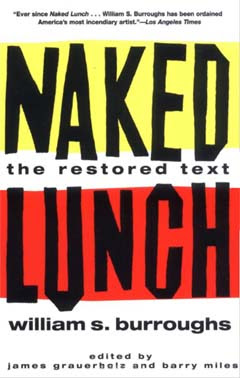

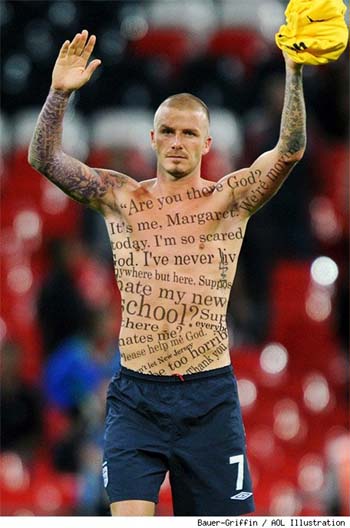




 The Daily Mail
The Daily Mail
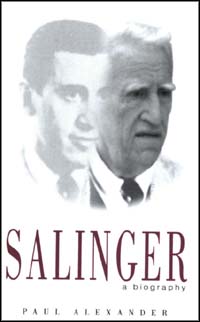
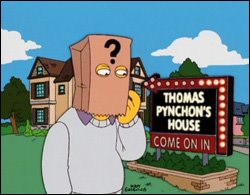








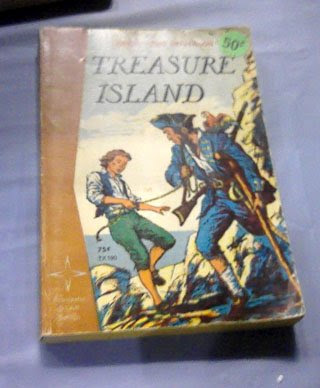 Scholastic put this edition of
Scholastic put this edition of 








